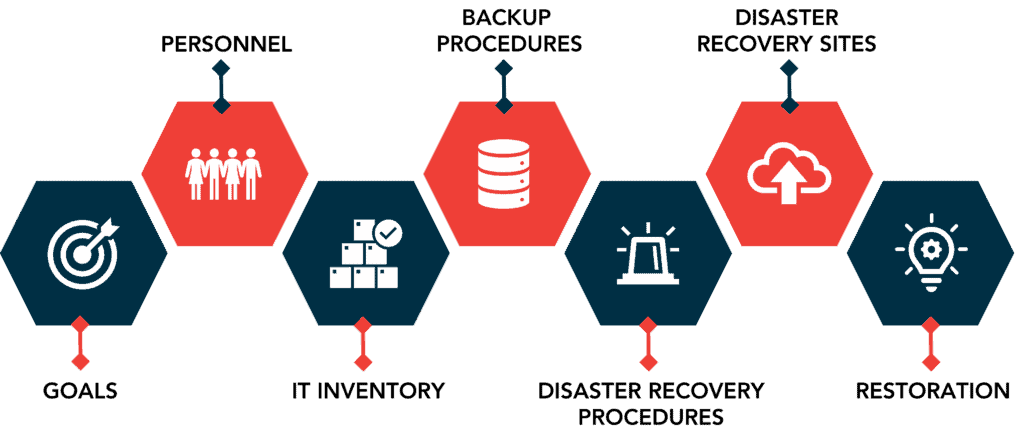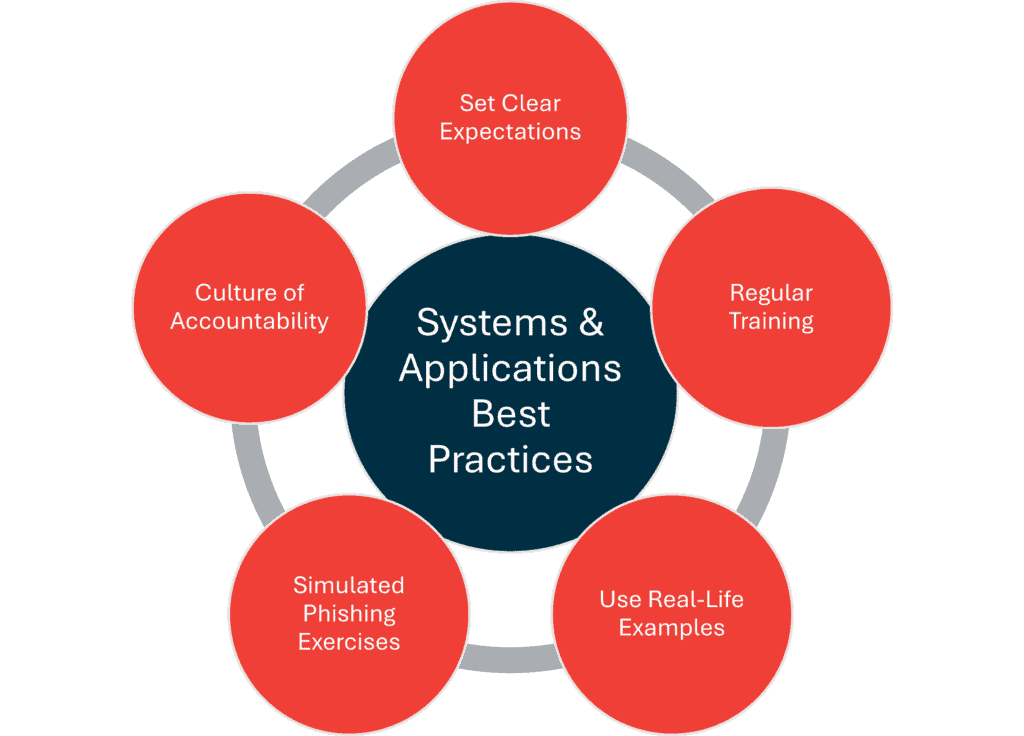80% of organizations have experienced at least one outage within the last three years, and 76% endured downtime that led to data loss. CMIT Solutions highlights seven top tactics we use with clients to protect their business assets.
1. Early Issue Detection
Continuously monitoring systems and networks for potential issues can significantly minimize downtime.
This is accomplished by detecting and addressing problems before they escalate into major disruptions.
For instance, early identification of failing hardware components or software glitches will enable IT technicians to intervene and resolve issues proactively, mitigating potentially costly downtime.
2. Scheduled Maintenance and Updates
Perform regular maintenance tasks such as software updates, patches, and system upgrades across your organization.
By scheduling these activities during off-peak hours or low system usage, your business can avoid interrupting critical operations and minimize downtime associated with system maintenance.
[Related: Manufacturers Guide to Data Security]
3. Performance Optimization
Optimize system performance and efficiency to prevent slowdowns and bottlenecks that lead to downtime.
You can identify and address potential performance issues before they disrupt your business operations.
Do this by fine-tuning network configurations, optimizing server resources, and proactively implementing performance monitoring tools.
4. Disaster Recovery Planning
Develop and implement a robust disaster recovery and business continuity plan to protect your business in case of a catastrophic event.
These plans outline procedures for quickly restoring operations in case of a system failure, cyberattack, or natural disaster.
By having contingency measures in place, businesses can minimize downtime and ensure the continuity of critical services.

[Related: Protect from the Worst, Test for Peace of Mind]
5. 24/7 Monitoring and Support
Monitor IT systems and networks around the clock to identify and address issues in real-time, even outside regular business hours.
This constant vigilance allows IT technicians to respond promptly to emerging issues.
As a result, you can prevent issues from escalating into major incidents that could result in extended downtime and data loss.
6. User Education and Training
Regularly educate users about best practices for using IT systems and applications securely and efficiently.
This tactic not only prevents downtime but also empowers your employees.
With ongoing training and support, users can troubleshoot common issues independently, fostering a sense of confidence and reducing the likelihood of user-induced downtime due to errors or security breaches.
[Related: Your Guide to Data Security Compliance for Modern Businesses]
7. Predictive Analytics and Trend Analysis
While not common practice for most businesses, at CMIT Solutions, we leverage predictive analytics and trend analysis to anticipate potential issues based on historical data and usage patterns.
This allows us to identify trends and patterns indicative of impending problems and then plan to take proactive measures to mitigate these risks.
For example, if a significant increase in network traffic is noticed during a specific period, it would lead us to identify a potential security breach and take immediate action to prevent it.
[Related: NY SHIELD Act: What It Is and How to Make Sure Your Business Complies]
Contact CMIT Solutions of Wall Street to Reduce Outages and Downtime
Though an 80% outage figure may seem daunting and discouraging, have peace of mind knowing that help is available.
Also, any investment in proactive IT support pays for itself when considering the potential savings from minimized downtime and ensuring uninterrupted operation.
Schedule an initial consultation with the experts at CMIT Solutions to start building your proactive plan today!




